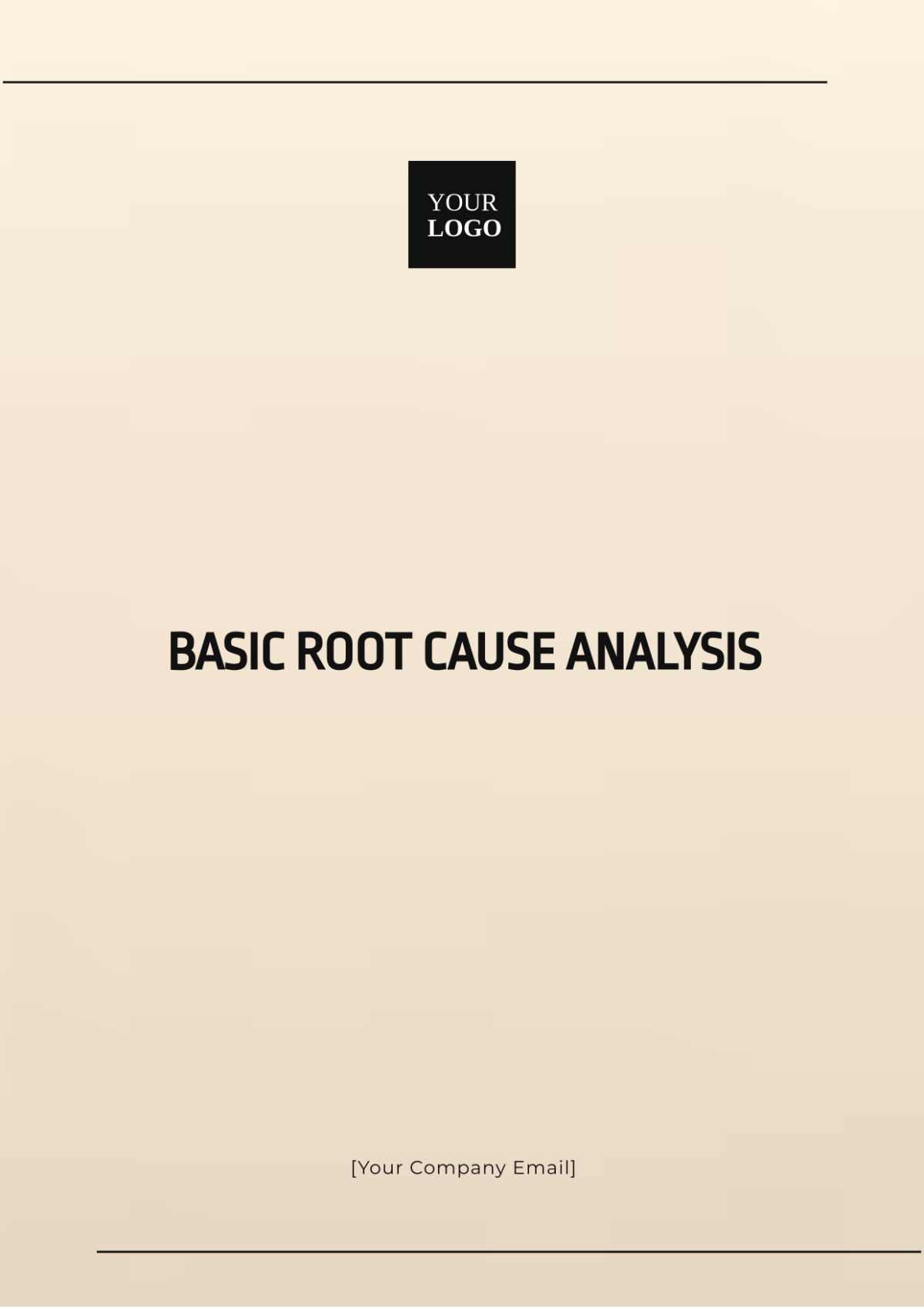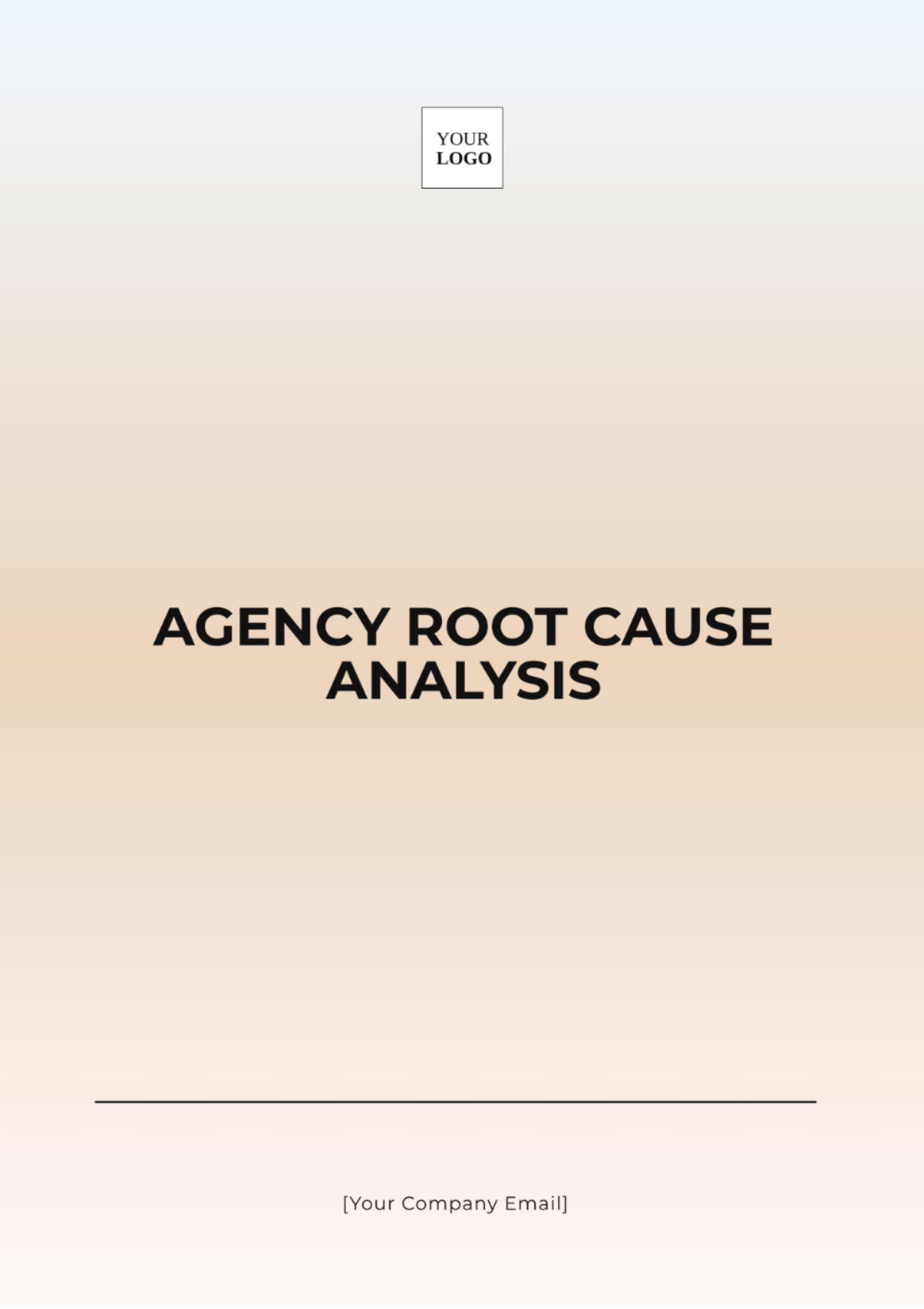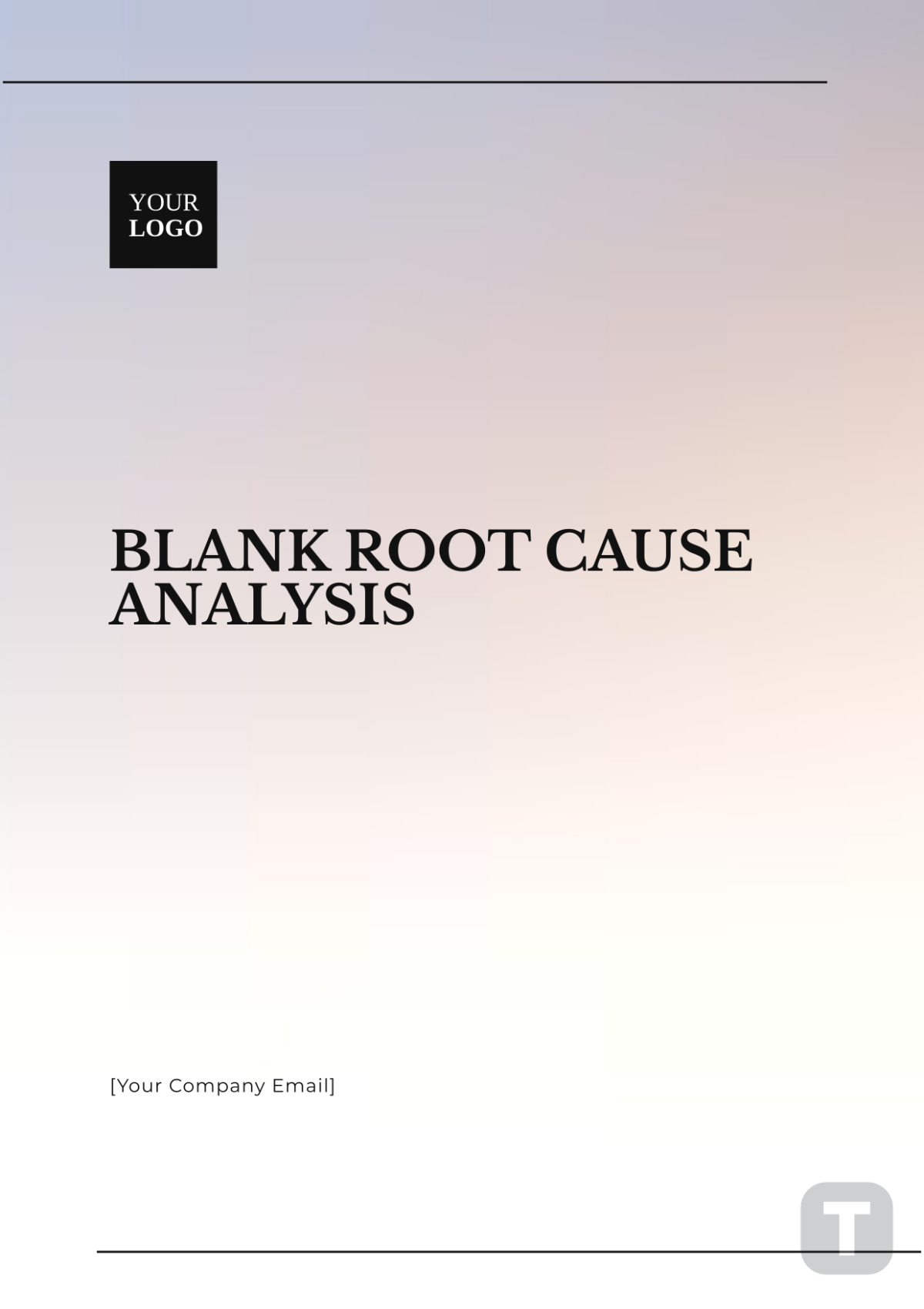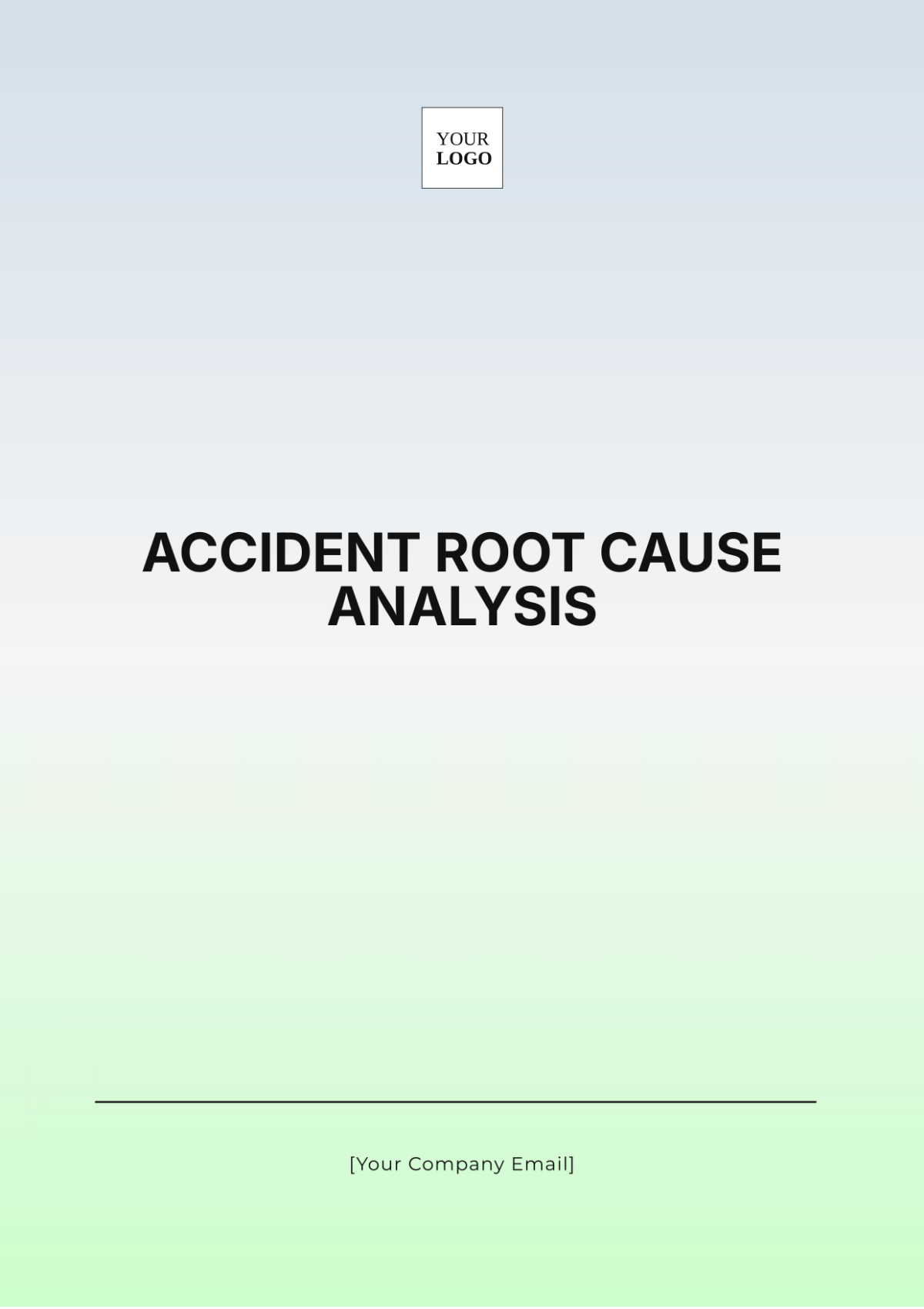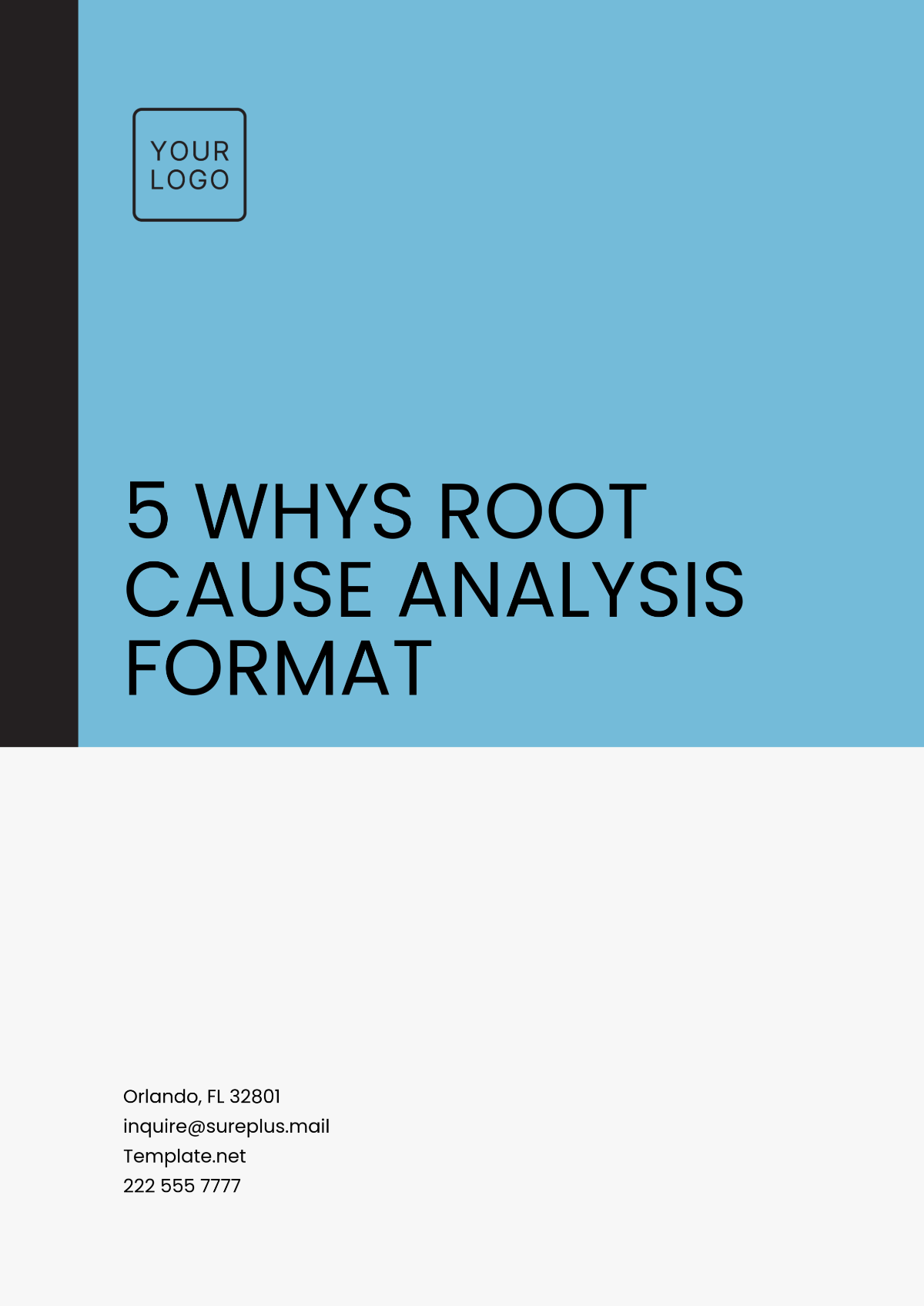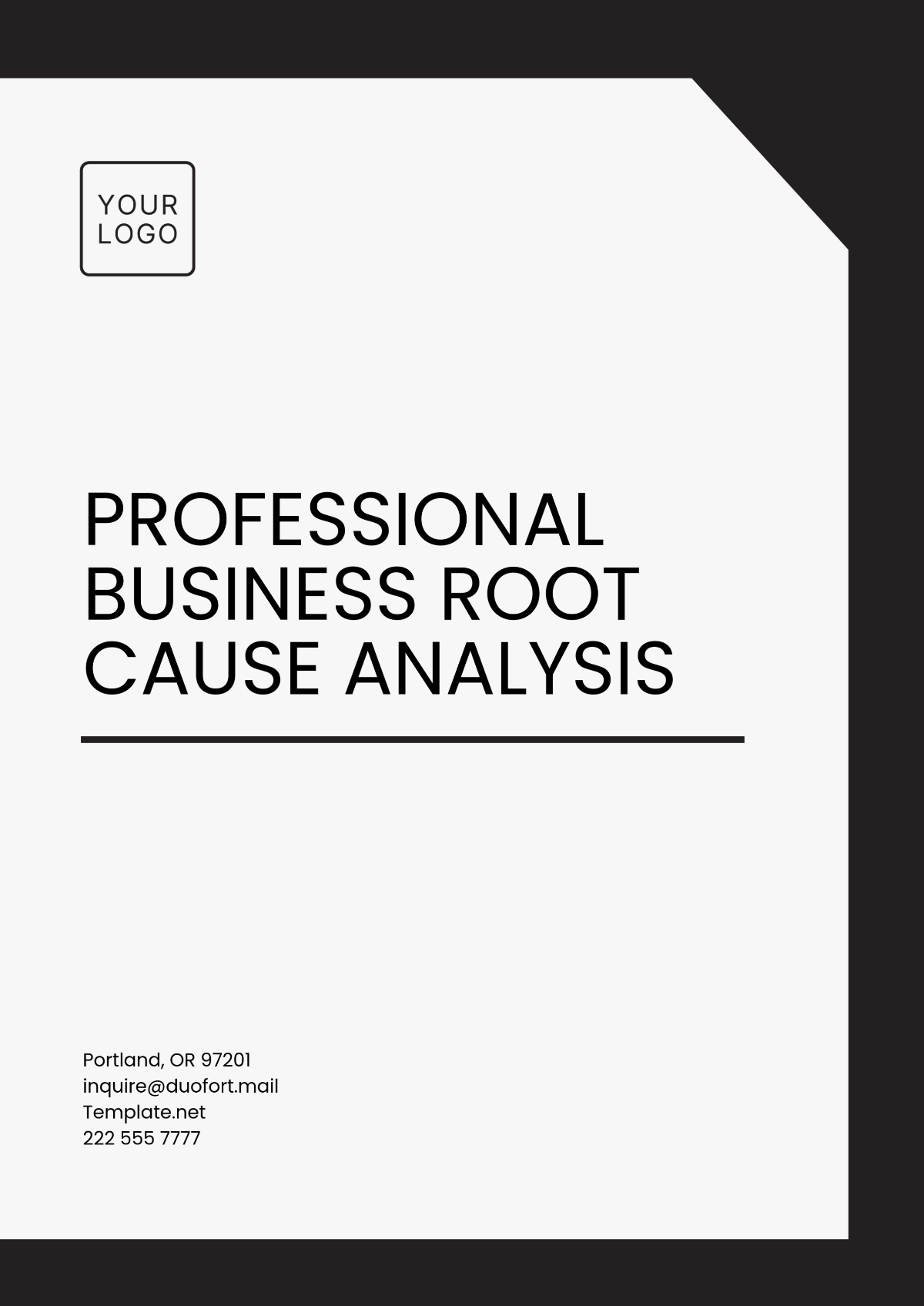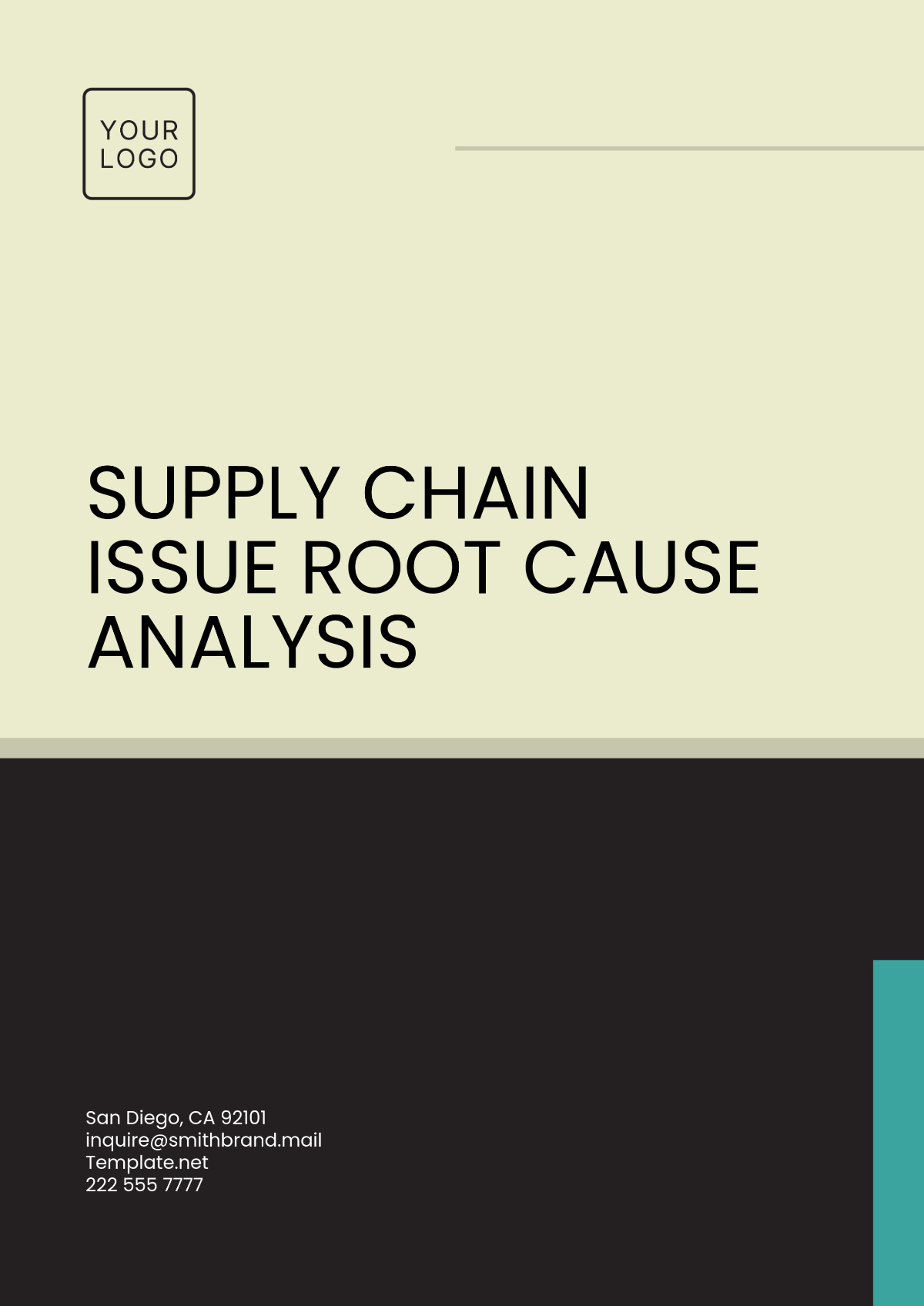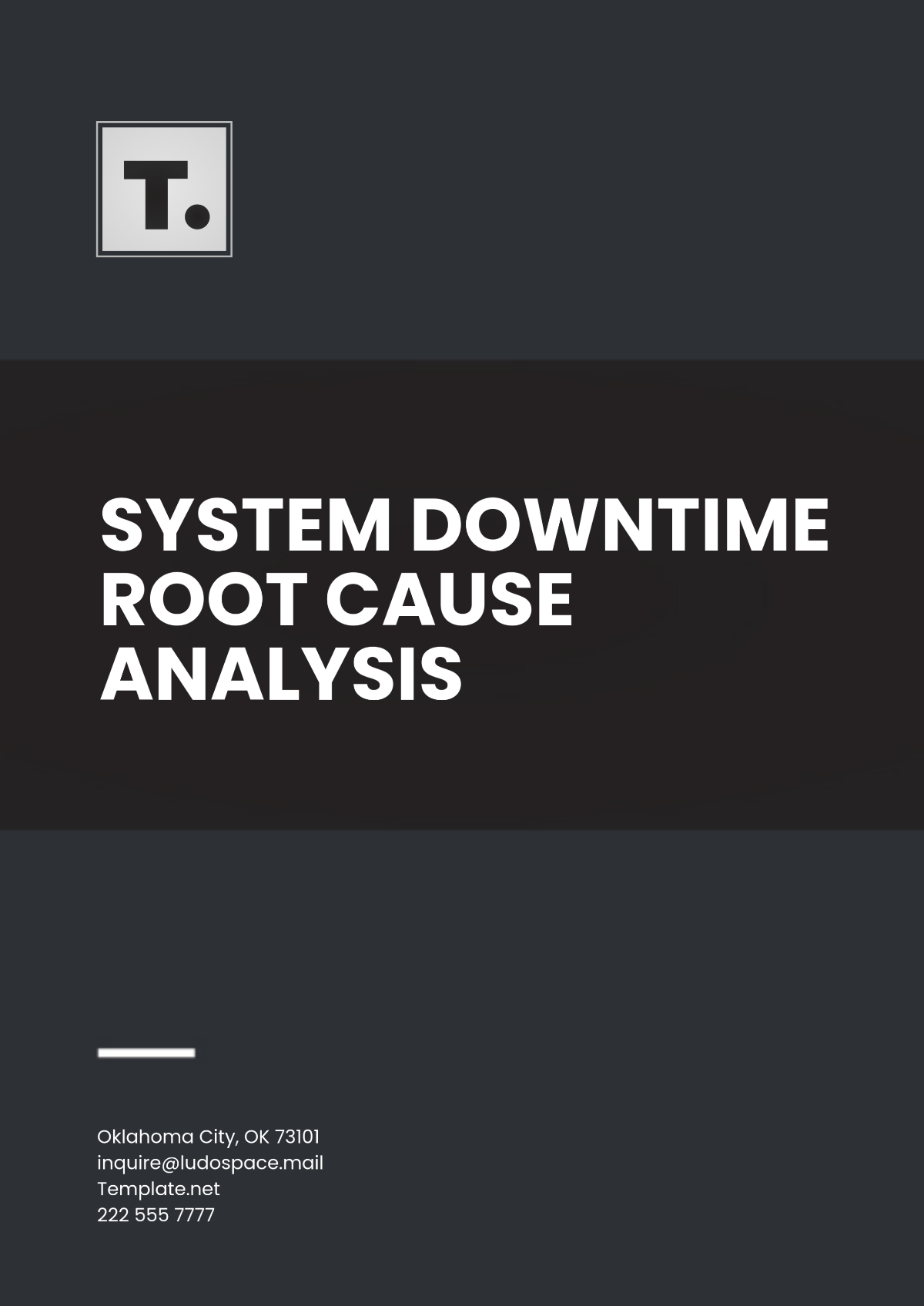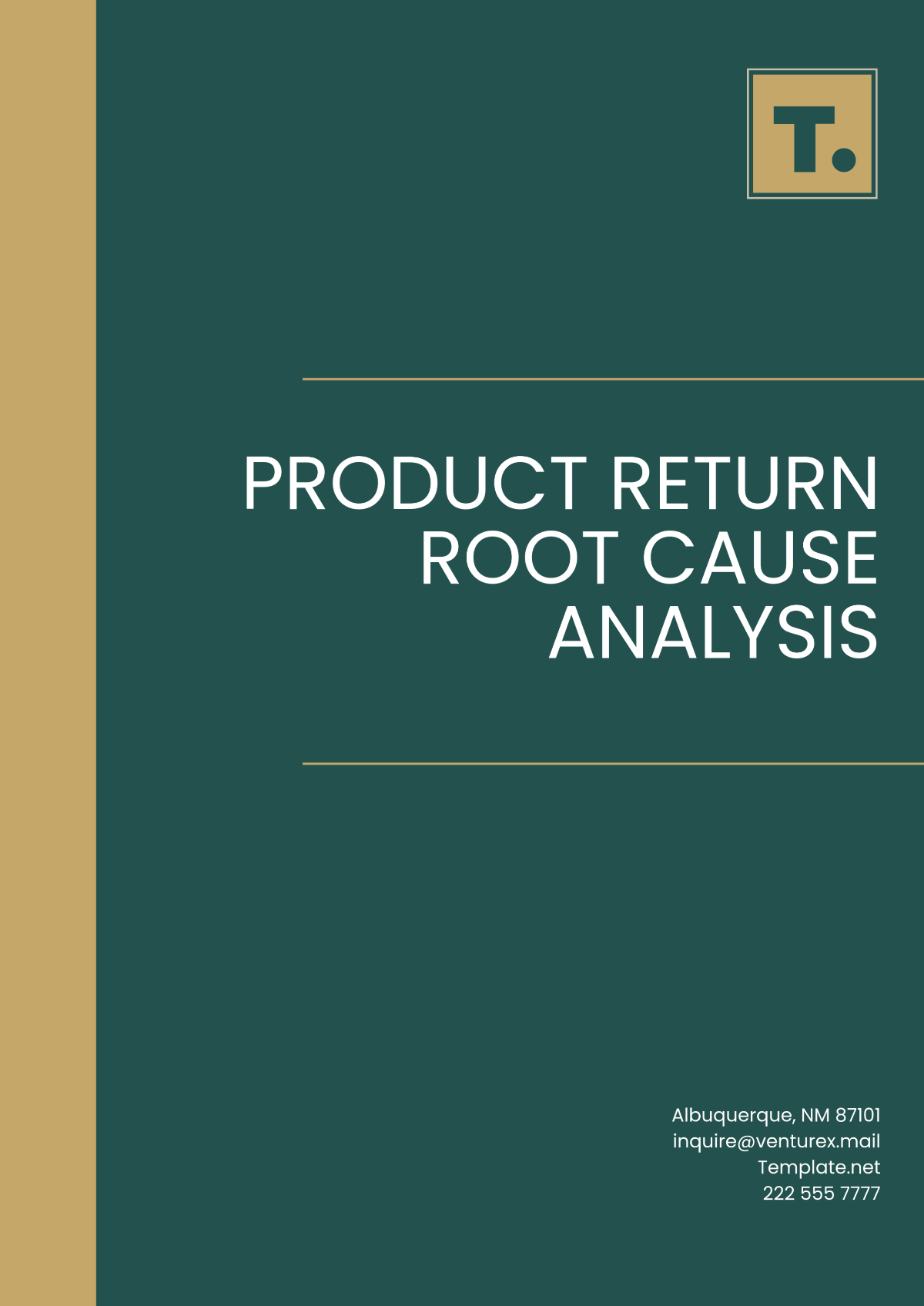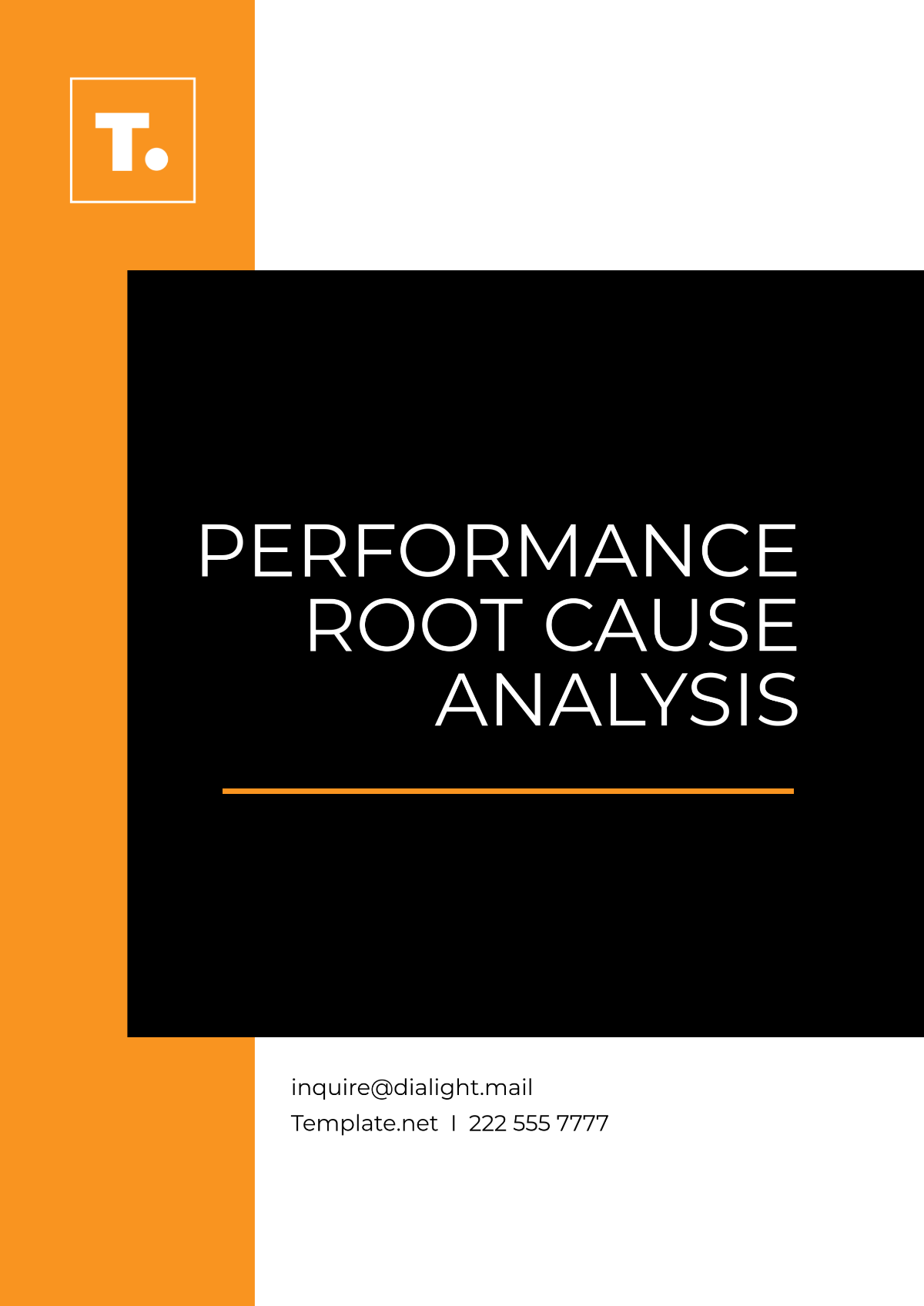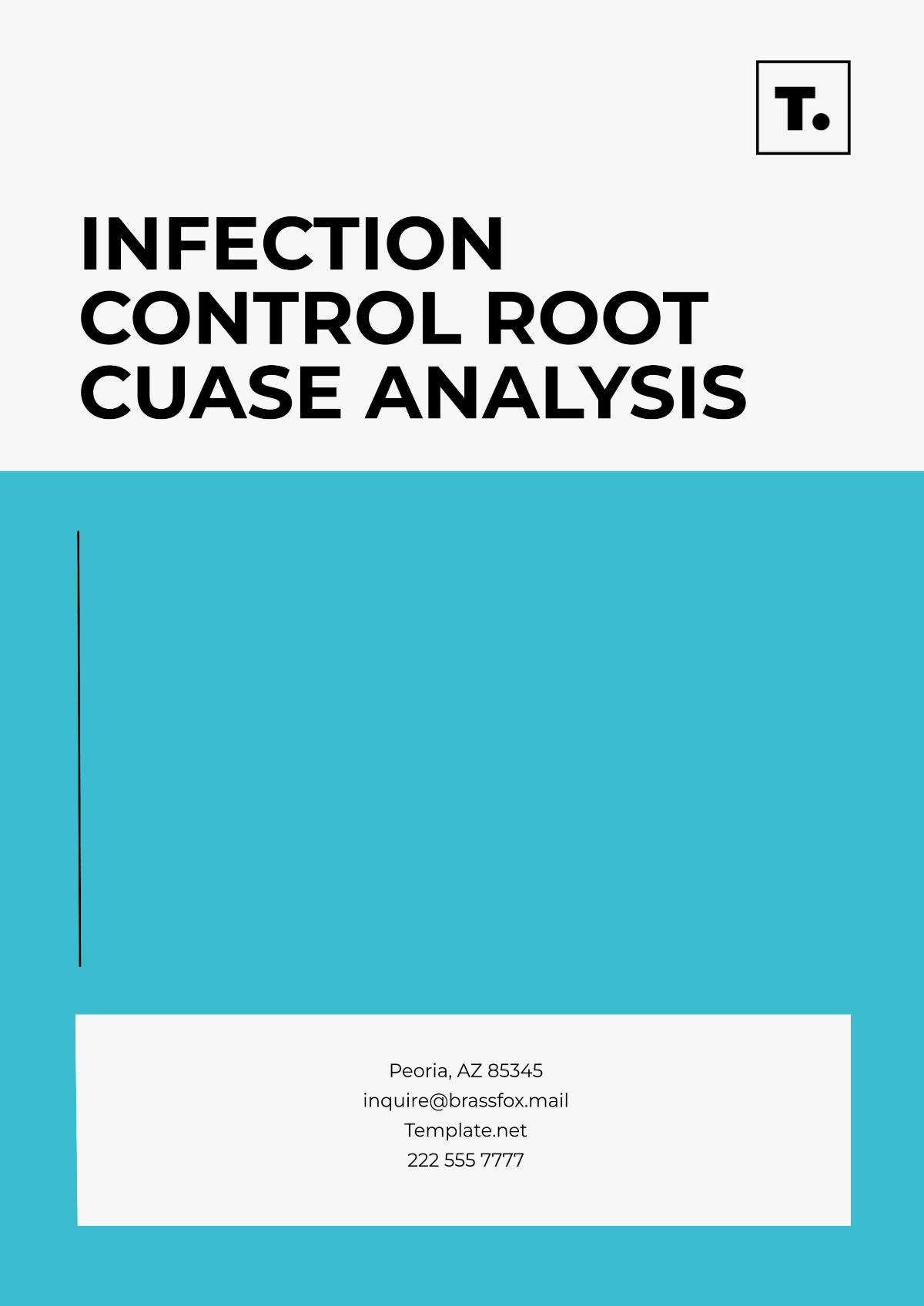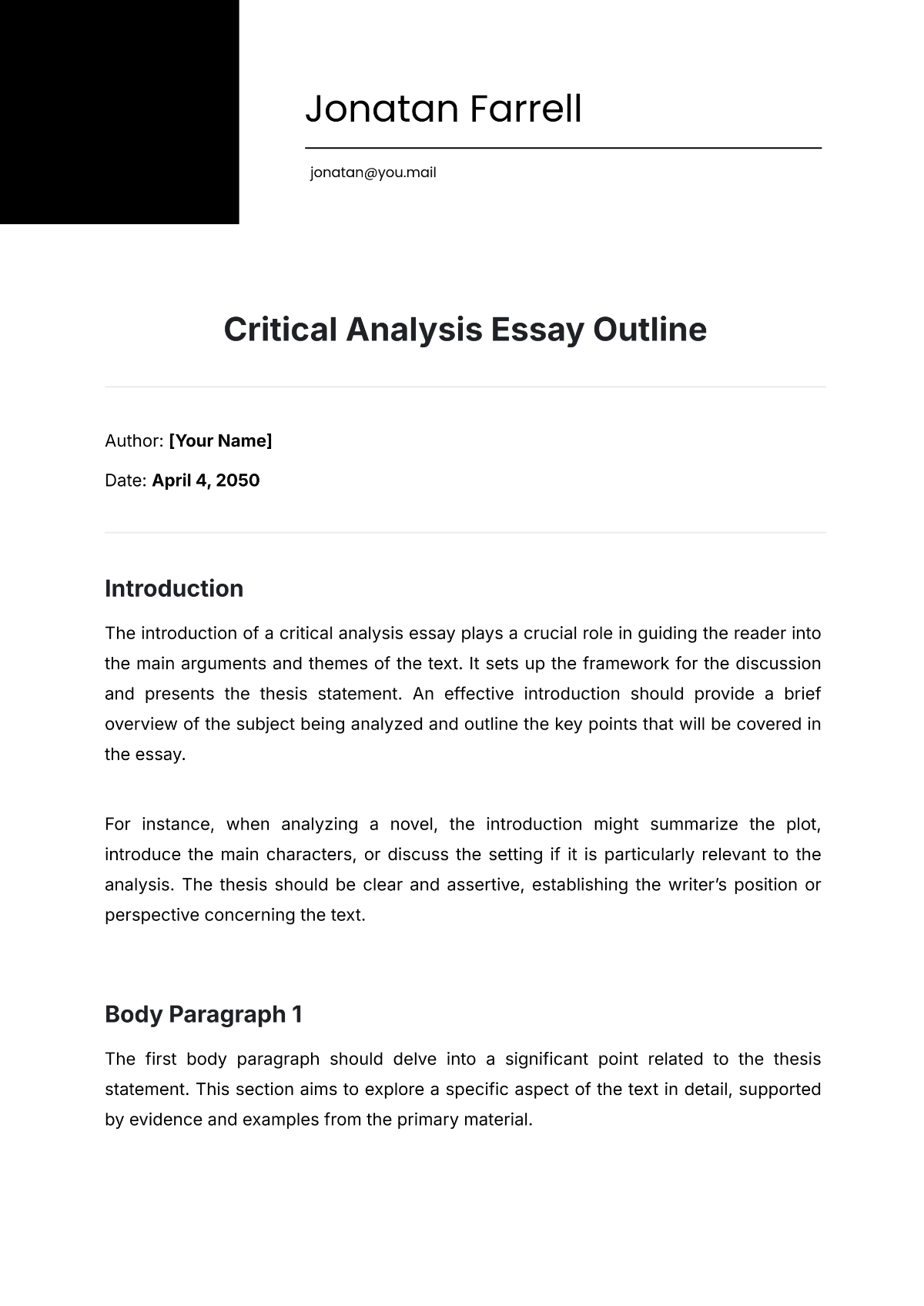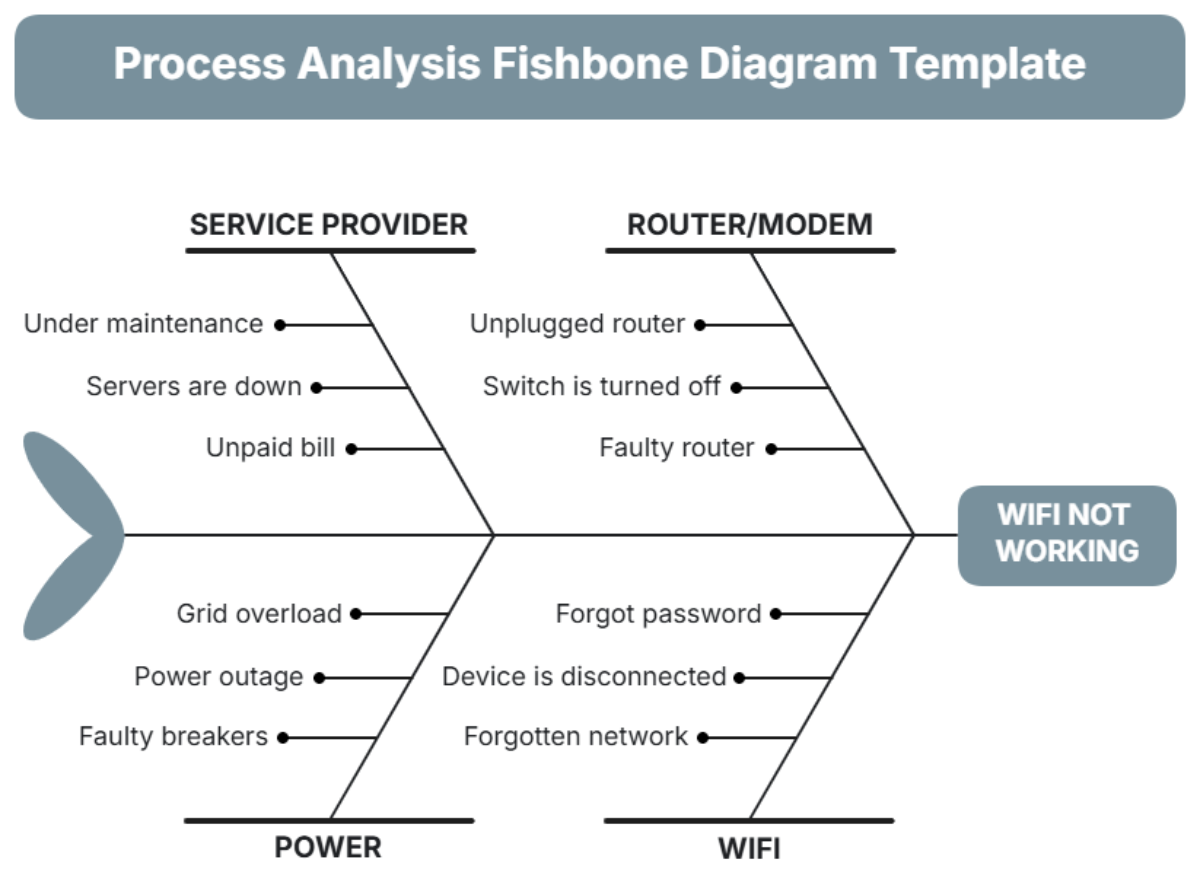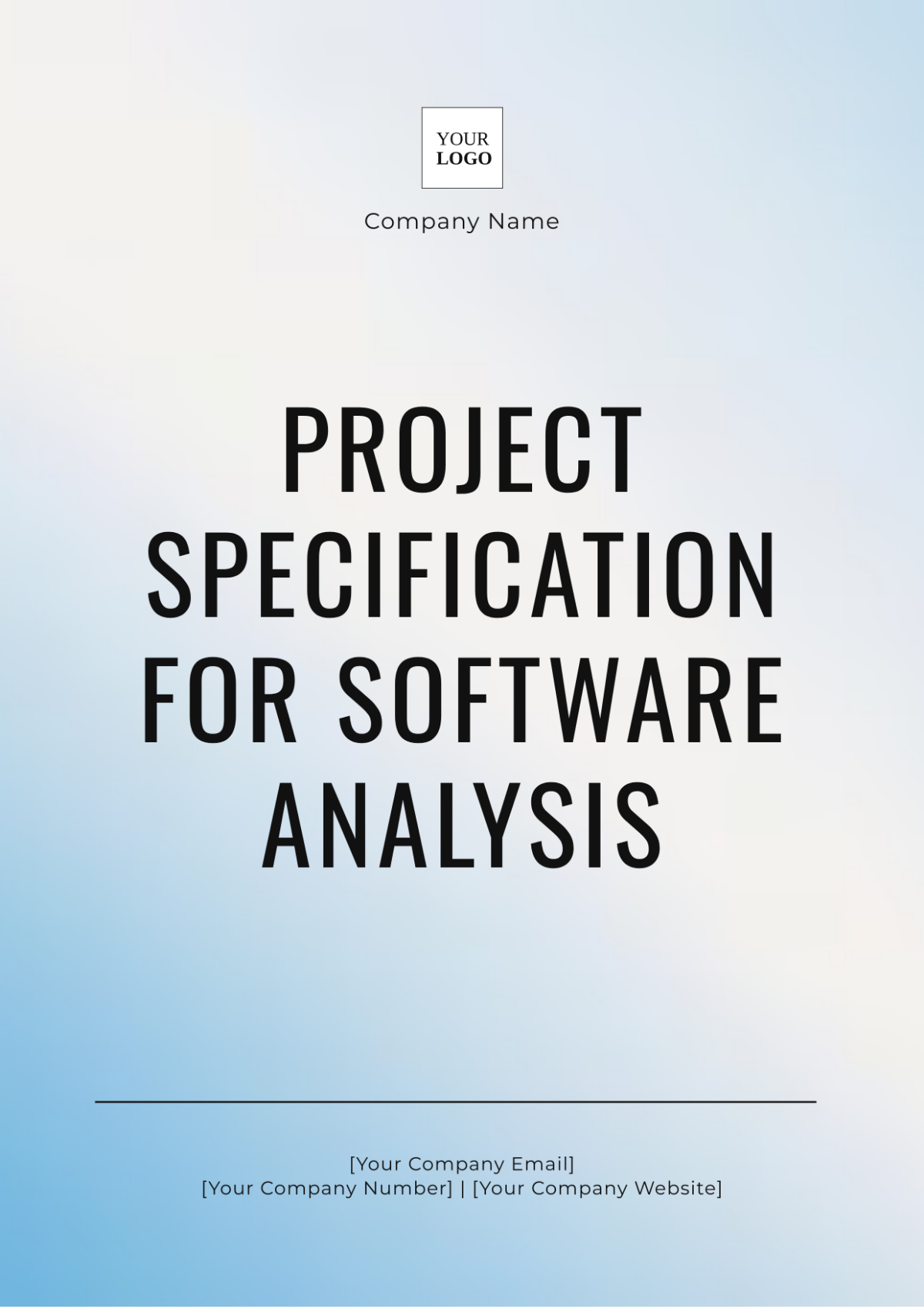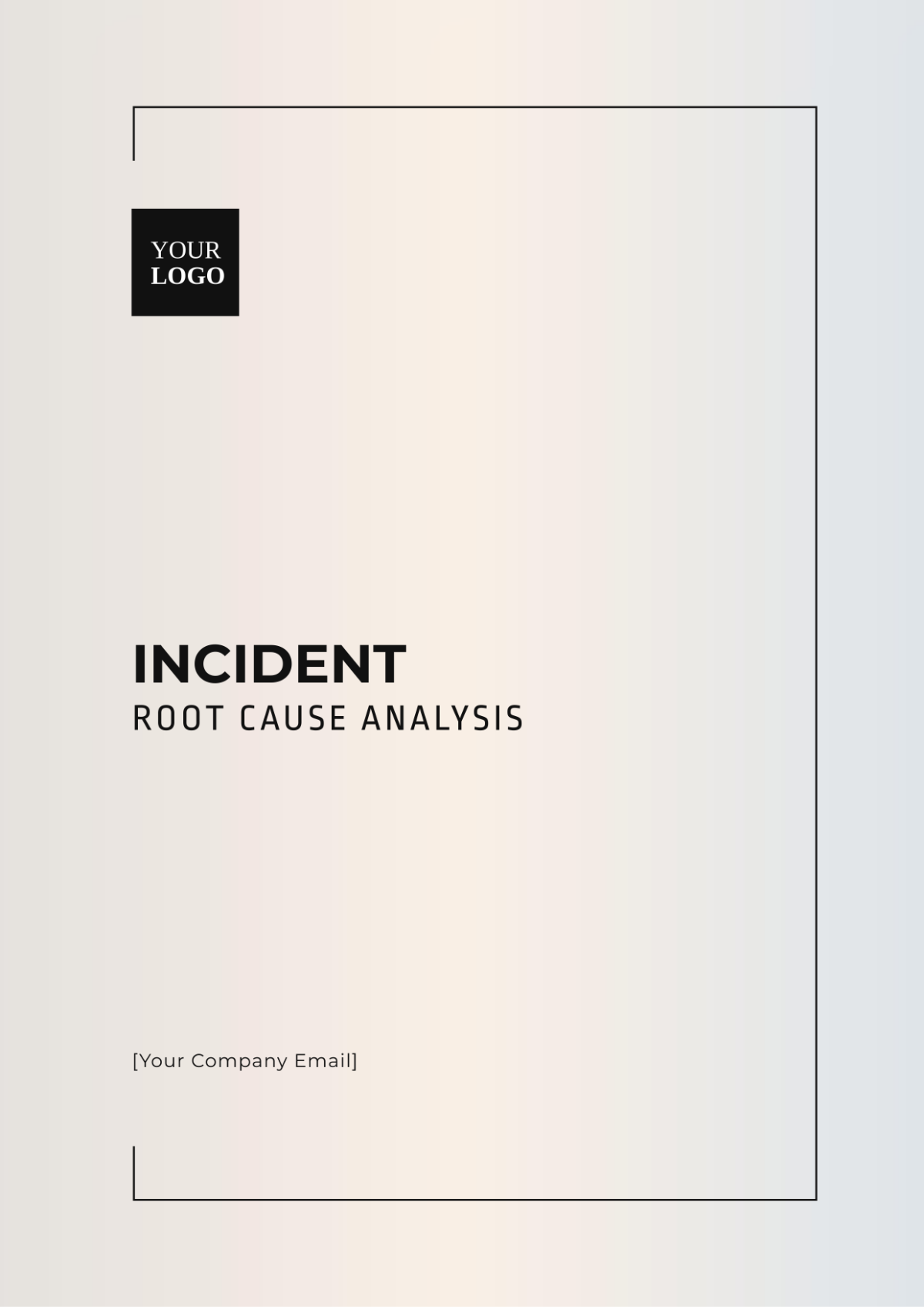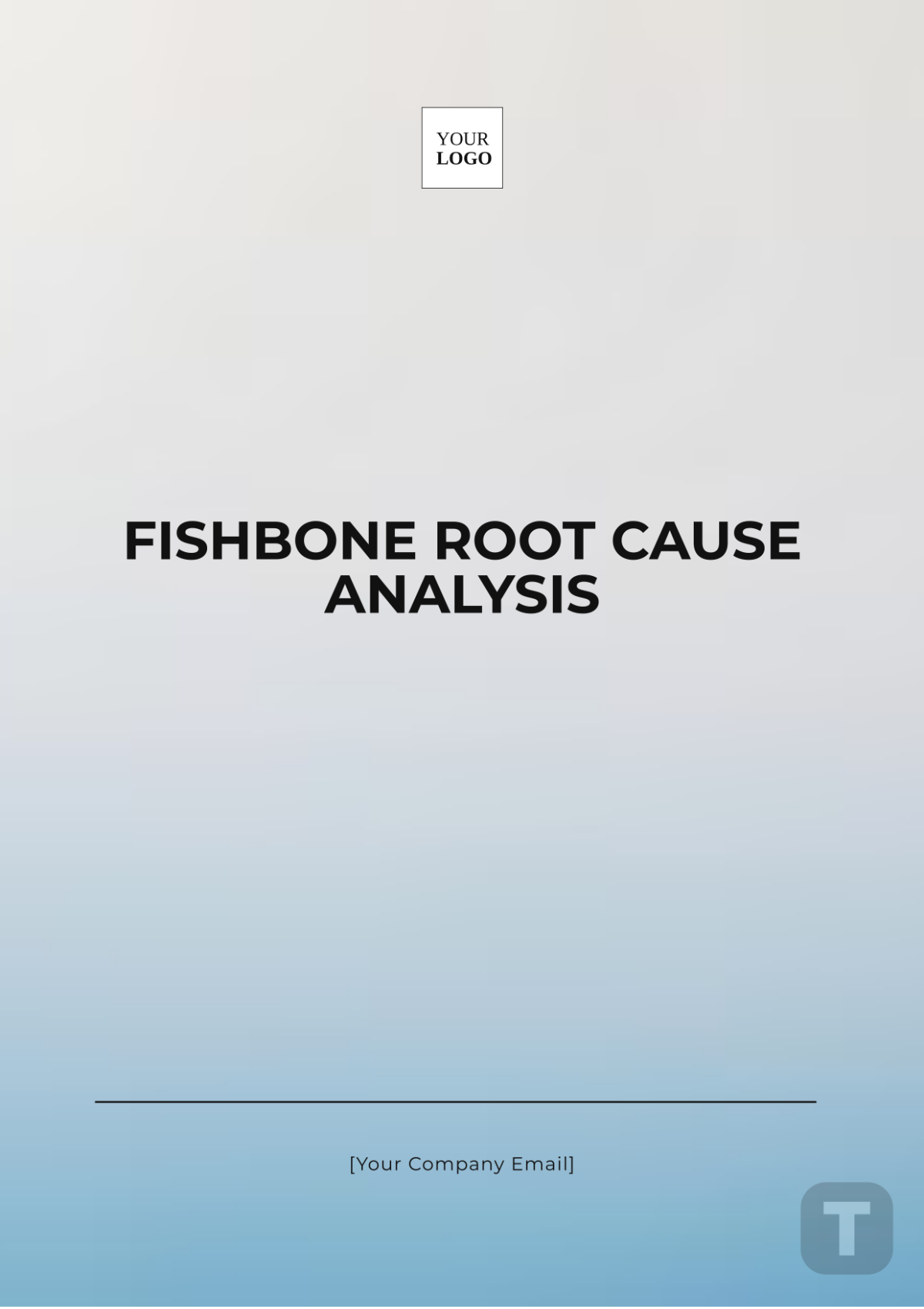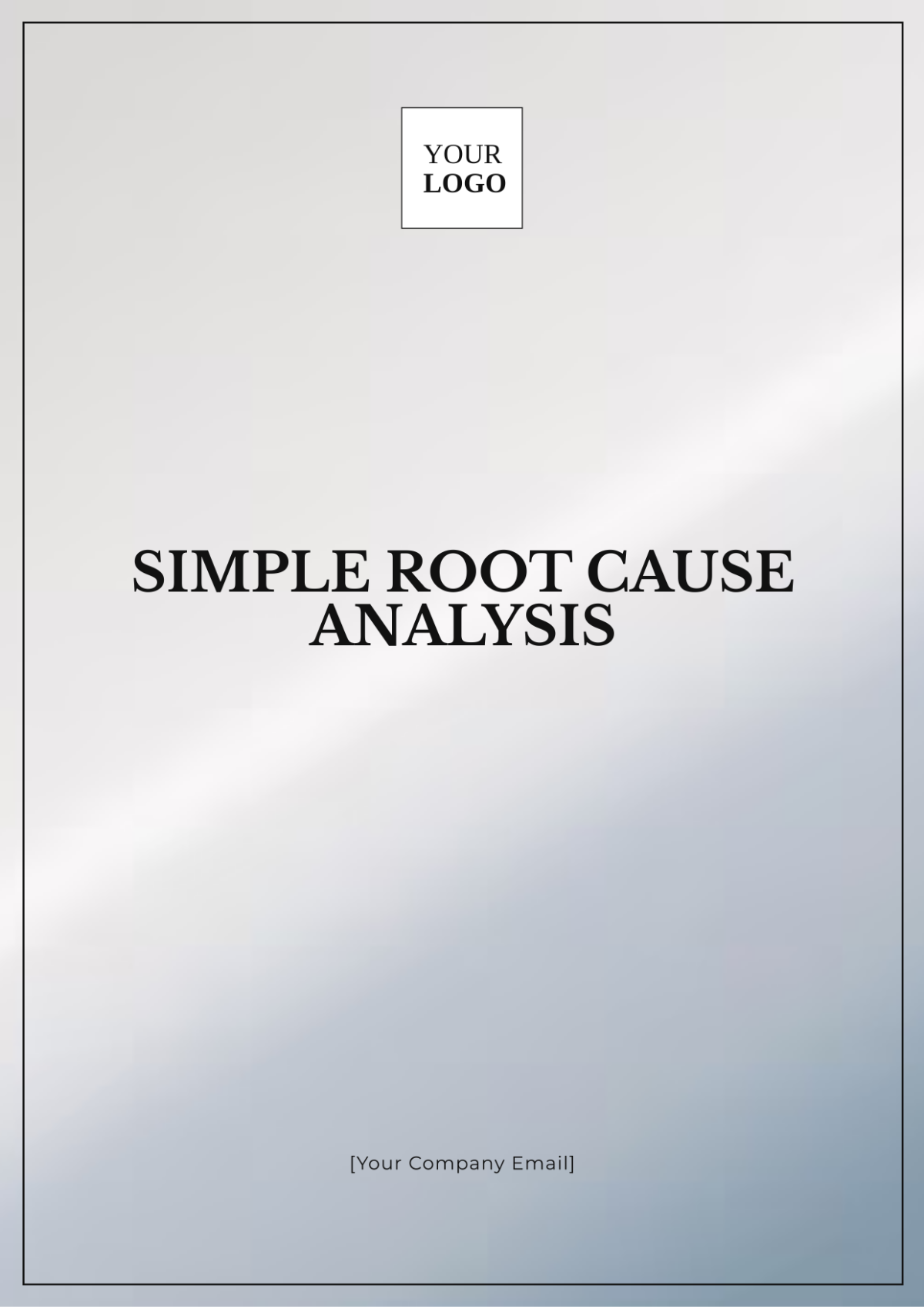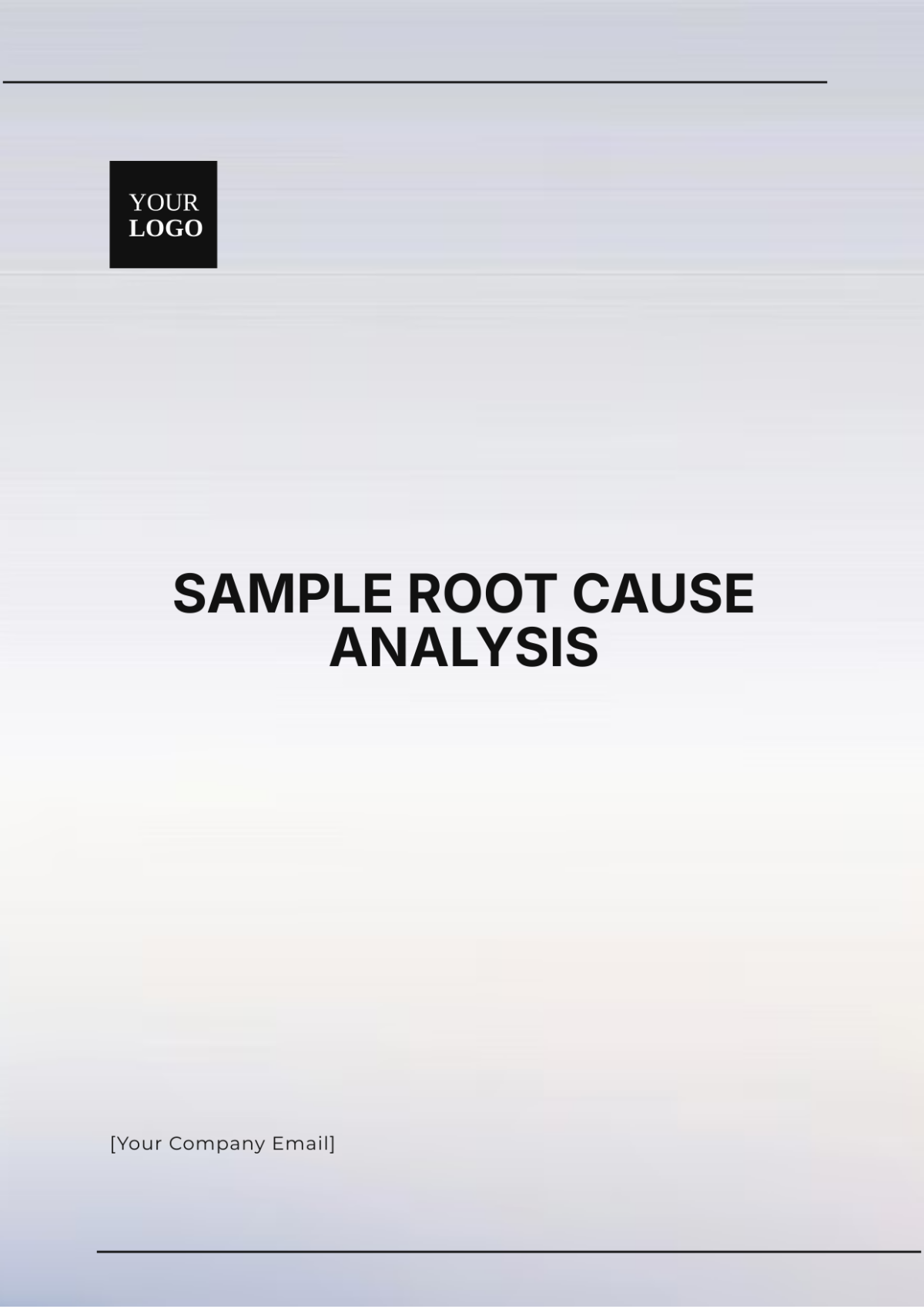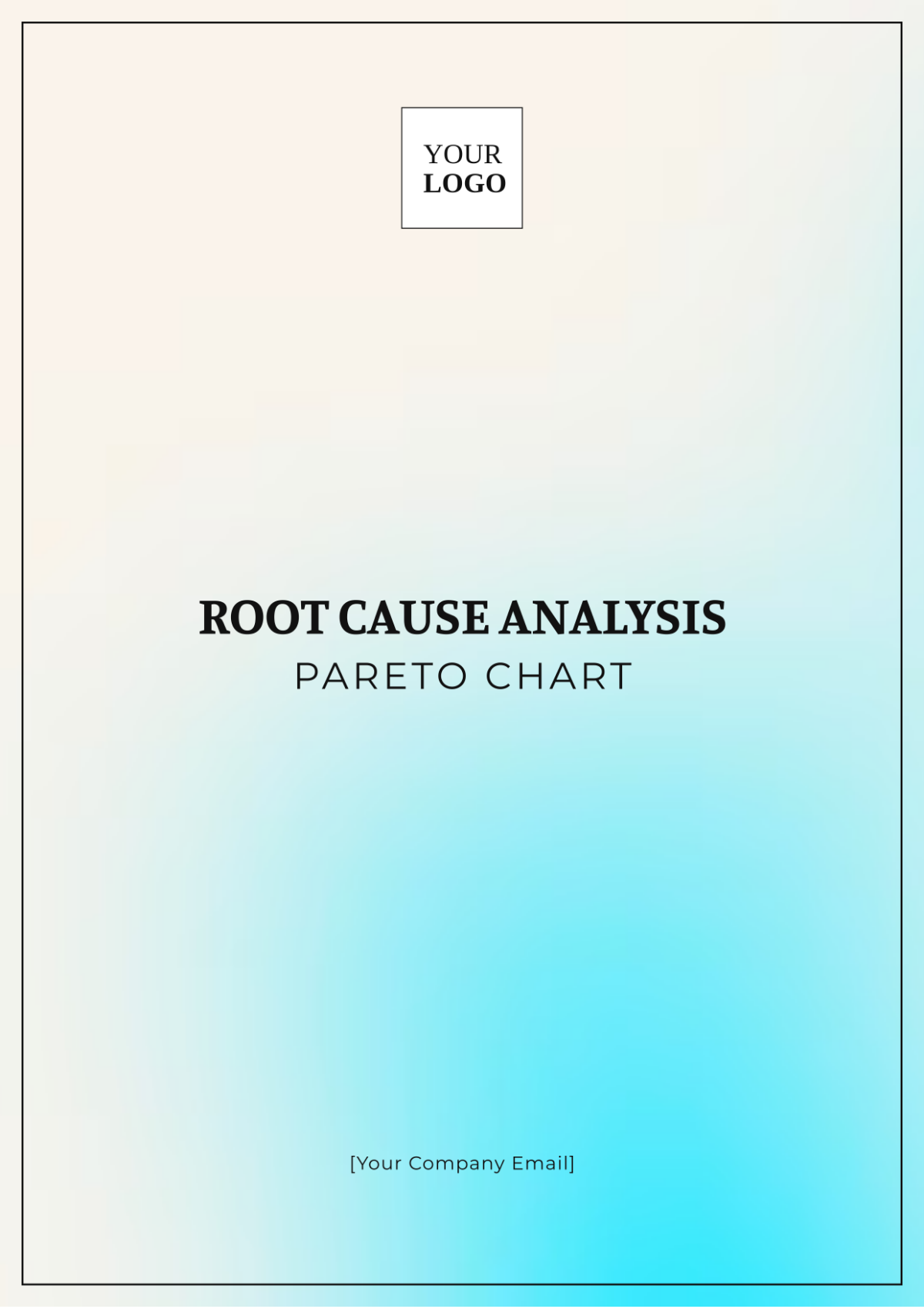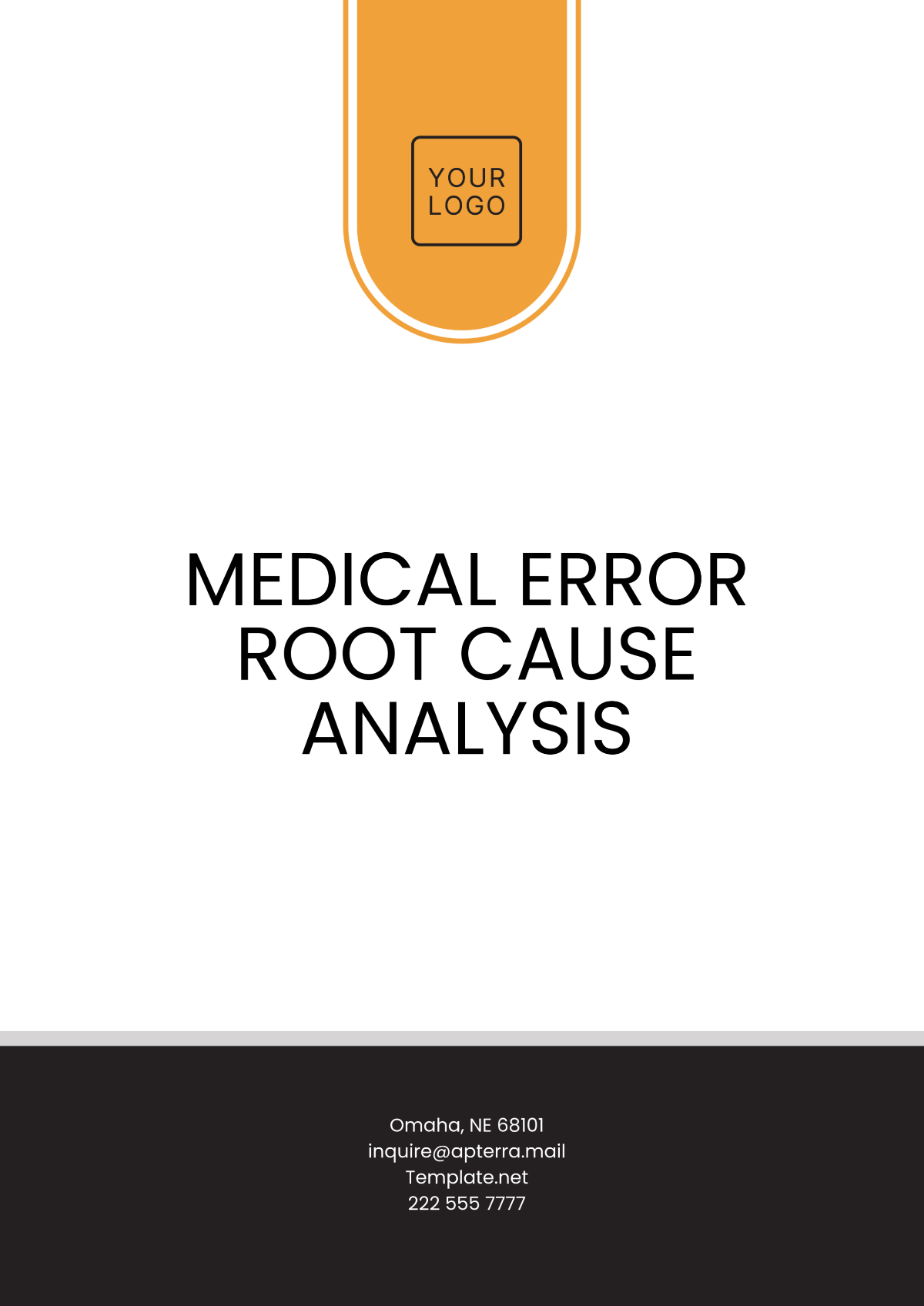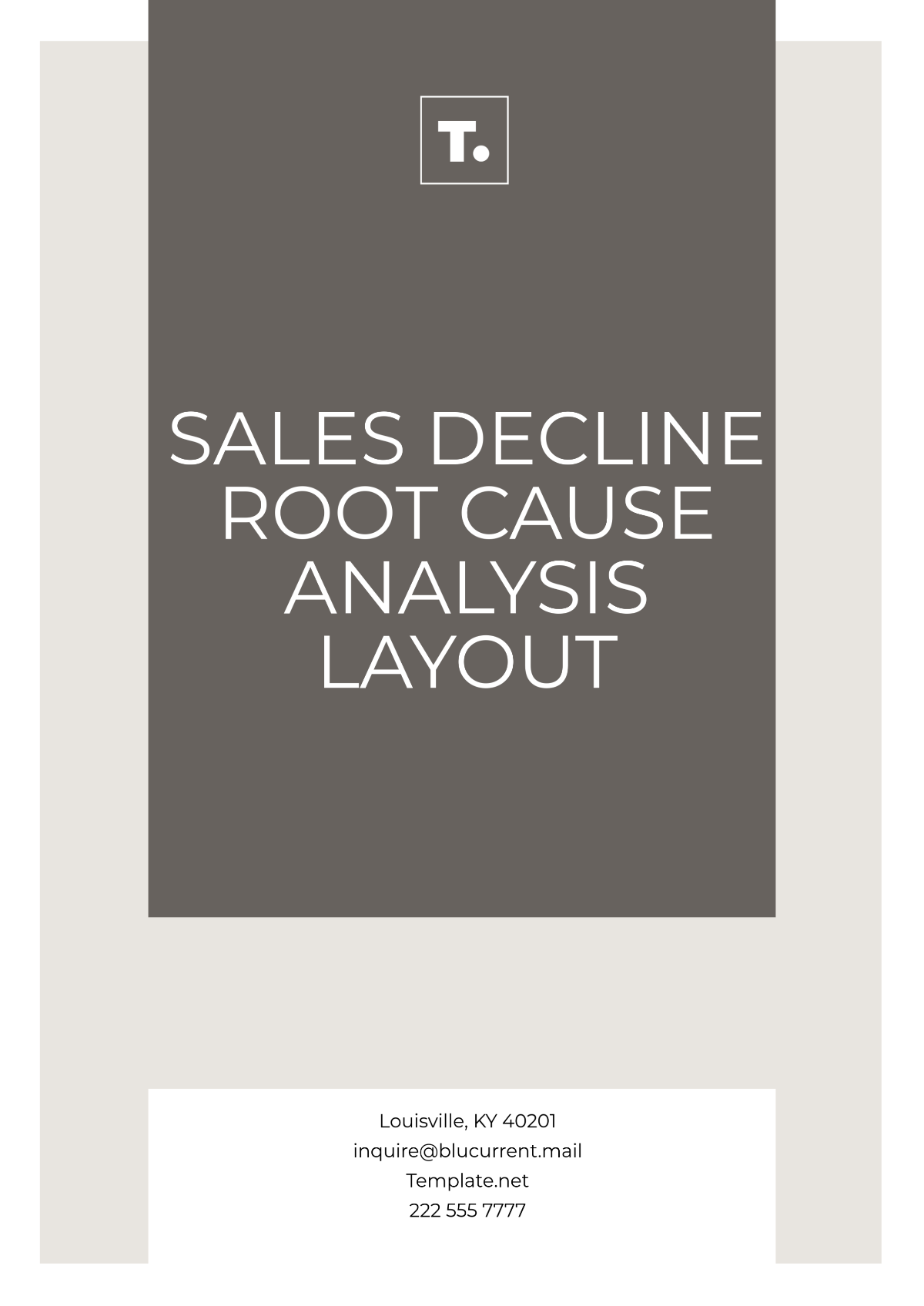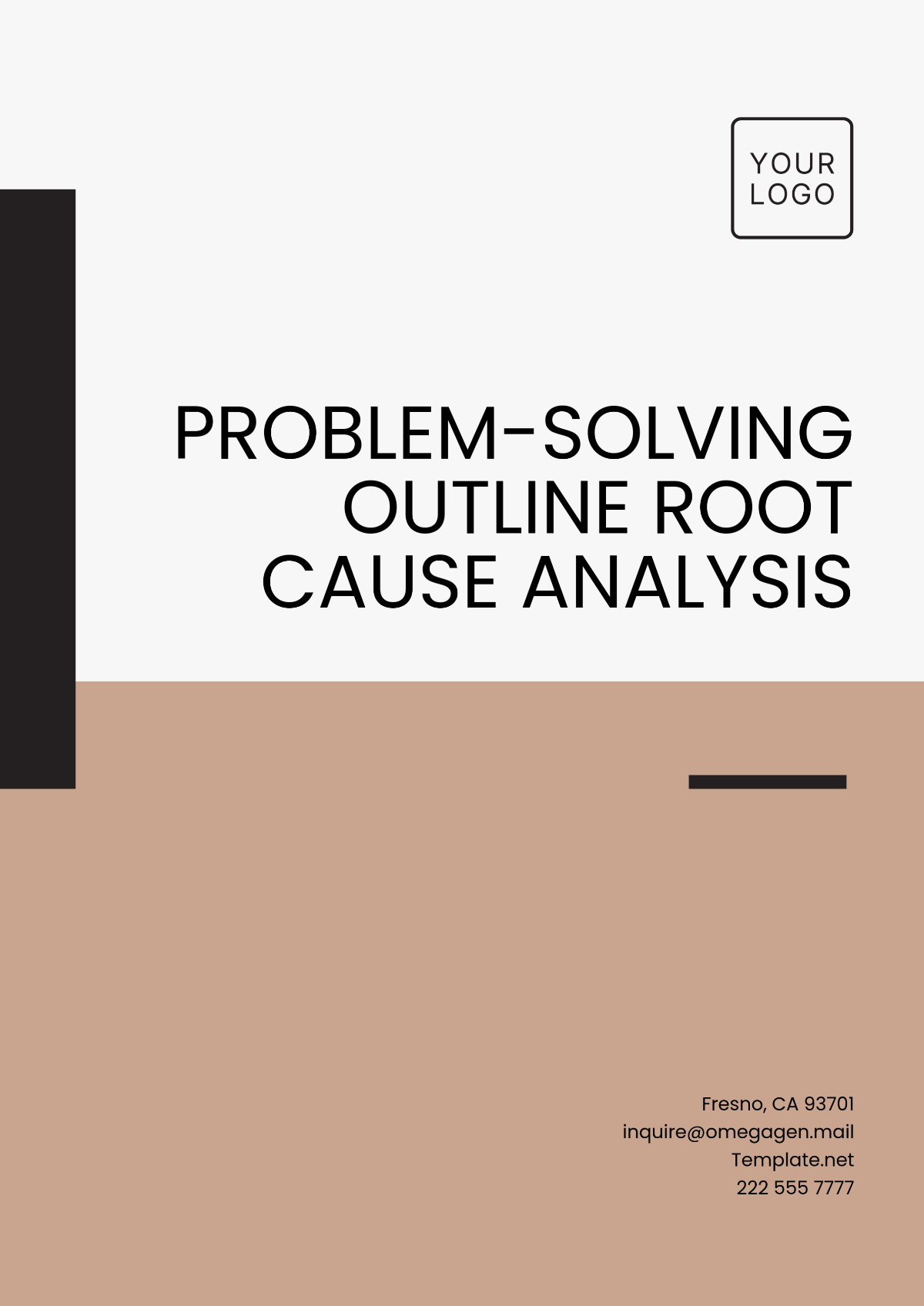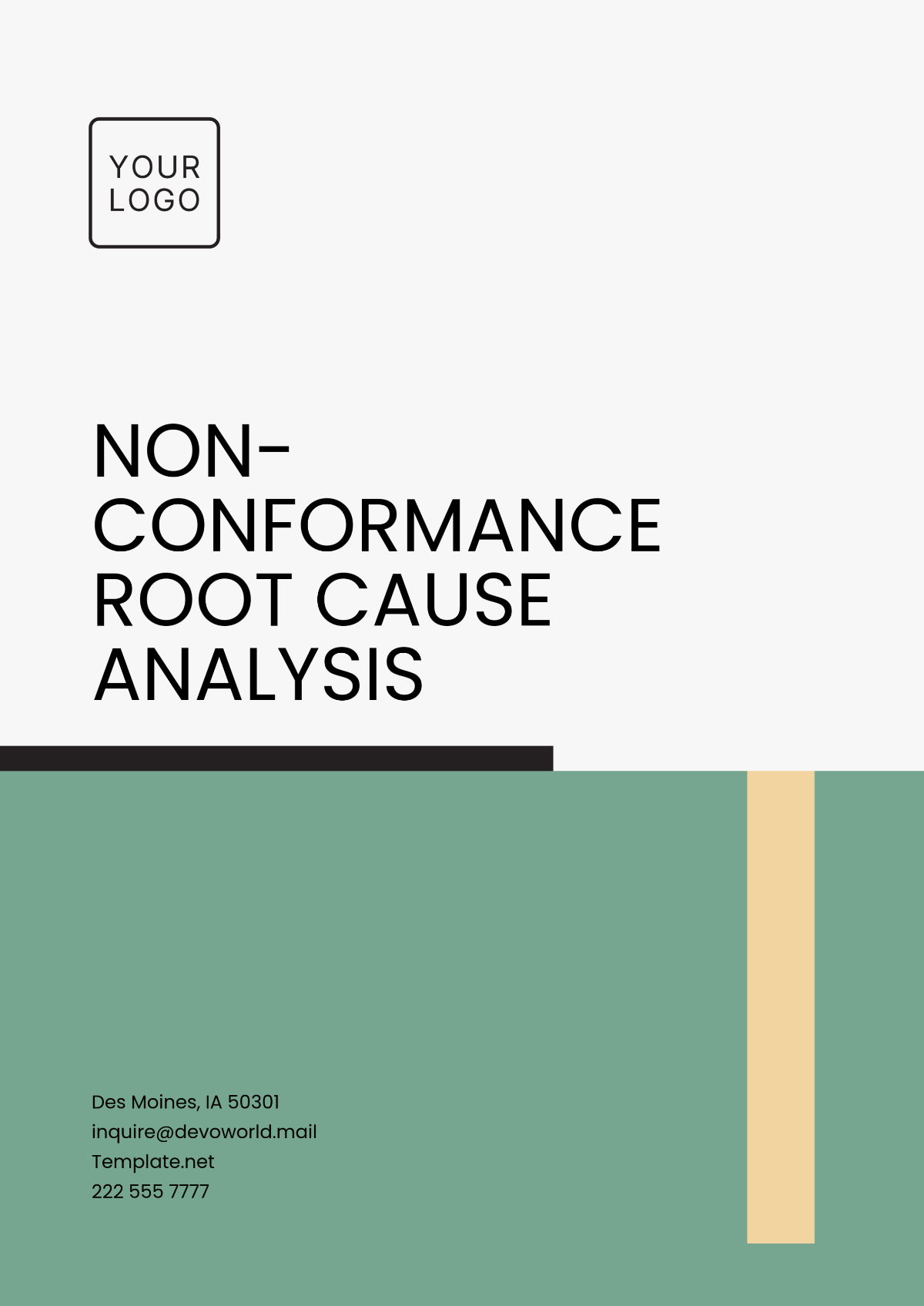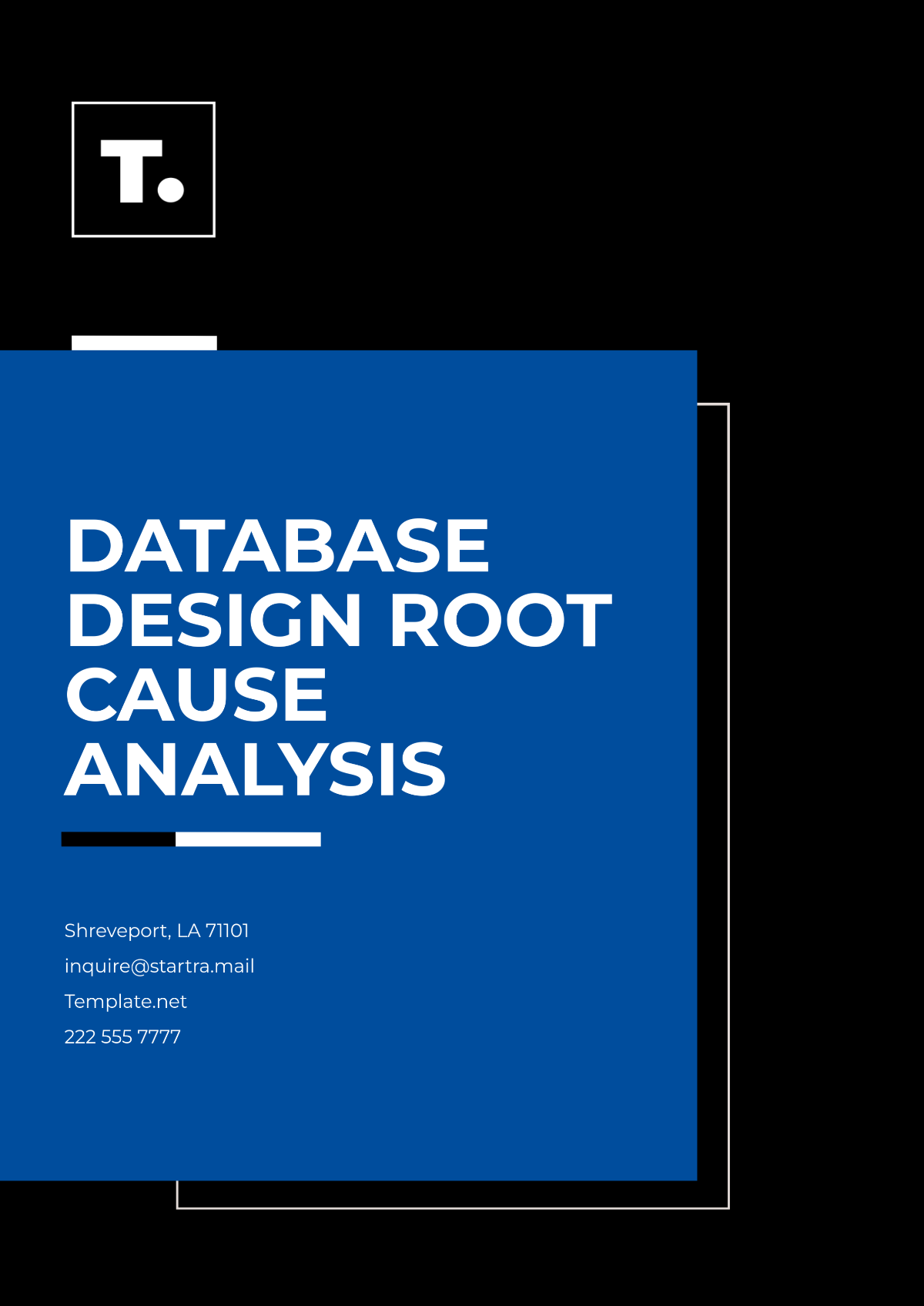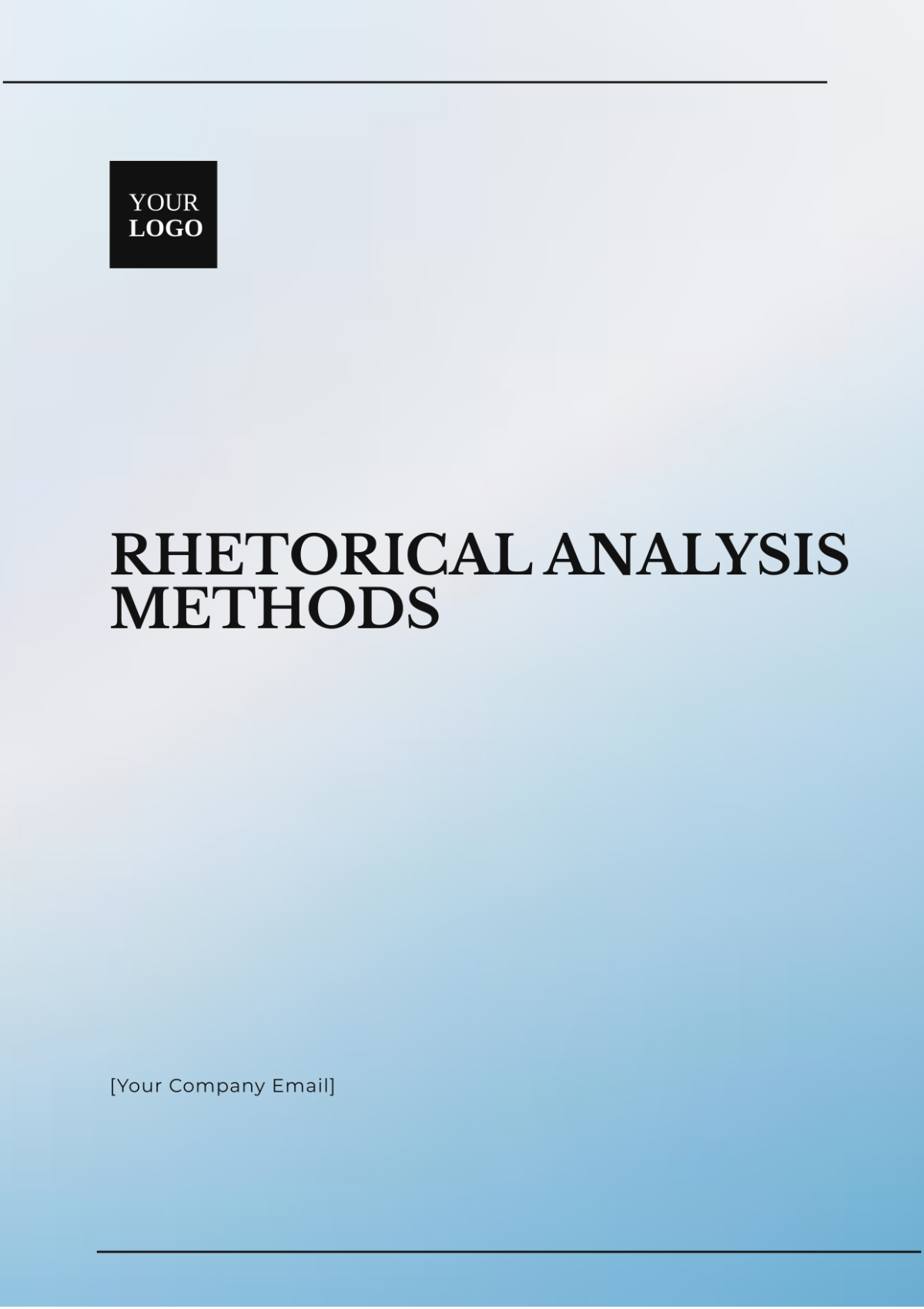Finance Budget Variance Analysis
This document presents a detailed analysis of [Your Company Name]'s financial performance against the budgeted forecasts for the fiscal year. By examining variances in revenue, expenditures, and overall profit or loss, we aim to provide insights that will guide future financial planning and decision-making.
Overview of Budgeted vs. Actual Figures
Category | Budget | Actual |
Total Revenue | [$5,000,000] | [$5,500,000] |
Total Expenditures | ||
Net Profit/Loss |
The company experienced a favorable variance of [$500,000] in total revenue. There is an unfavorable variance in Total Expenditures of [$500,000], mainly in operational costs. Despite variances in revenue and expenses, the net profit met the budgeted forecasts.
Revenue Variance Analysis
Category | Budget | Actual |
Sales Revenue | [$3,500,000] | [$4,000,000] |
Service Revenue | ||
Other Income |
Sales Revenue has favorable variance of [$500,000] due to higher-than-expected sales volume. Service Revenue has unfavorable variance of [$100,000], attributed to slower client acquisition. While the Other Income variance of [$100,000] are primarily from investment returns.
Expenditure Variance Analysis
Category | Budget | Actual |
Direct Costs | [$2,000,000] | [$2,200,000] |
Operational Expenses | ||
Marketing and Advertising Expense |
Higher raw material costs led to an unfavorable variance. An increase in utility and rent expenses resulted in an unfavorable variance. The Marketing and Advertising Expense category stayed on budget, reflecting effective marketing cost management.
Variance Causes and Implications
Identification of Causes: The favorable sales revenue variance was due to an effective marketing strategy and increased market demand. The increase in direct costs was driven by rising material prices. Operational expenses rose due to unanticipated increases in utility costs and rental fees.
Implications for Business: The increased revenue indicates market growth and successful sales strategies. However, the rise in operational expenses highlights a need for better cost control measures and possibly renegotiating contracts.
Recommendations and Action Plans
Corrective Actions for Negative Variances: Implement cost-saving initiatives, especially in operational expenses. Consider renegotiating supplier contracts to address direct cost overruns.
Strategies to Capitalize on Positive Variances: Reinforce successful sales and marketing strategies to maintain revenue growth. Invest a portion of the additional income in market research for future expansion.
This Budget Variance Analysis provides vital insights into [Your Company Name]'s financial performance. Understanding the reasons behind these variances will help in making more informed budgeting decisions, addressing areas of concern, and leveraging strengths for future financial success.
Prepared by:
[Your Name]
[Job Title]
[Month Day, Year]

